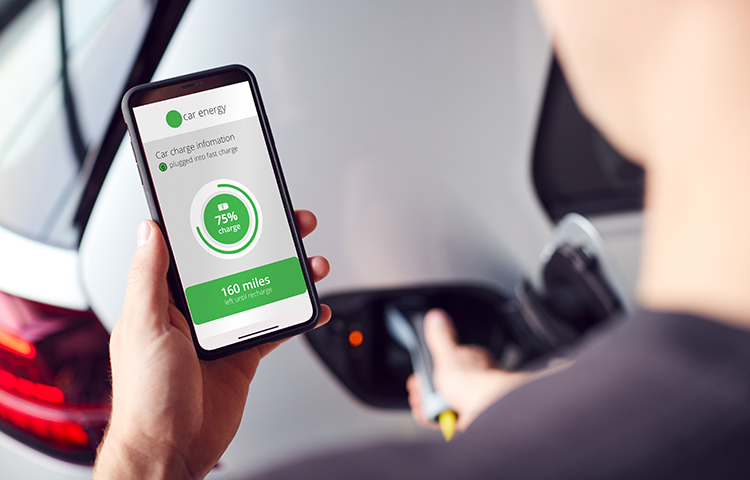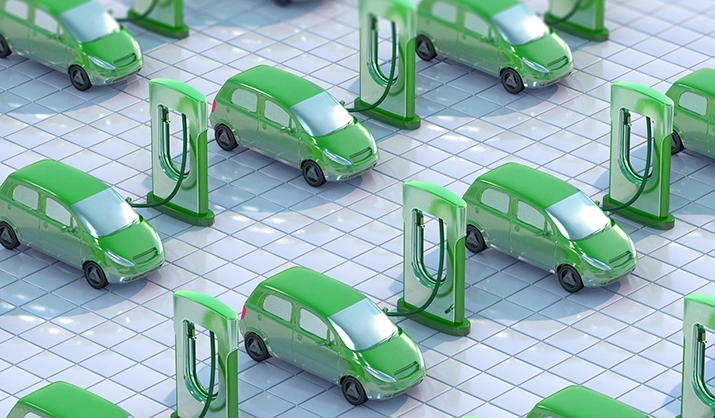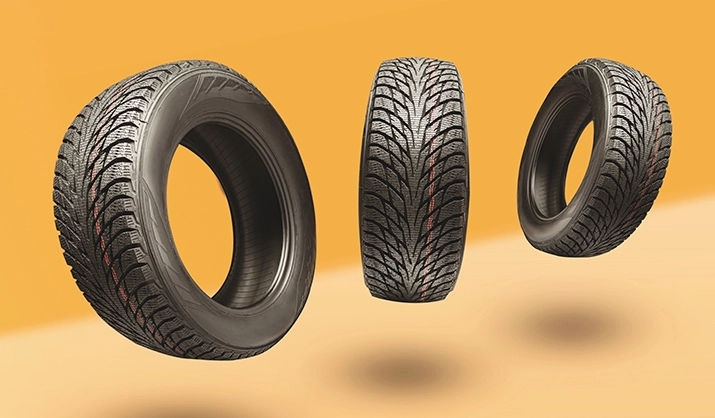The ecological impact of fossil fuels birthed the beginning of electric vehicles as a viable alternative. In 2021 more battery electric vehicles (EVs) were sold in the UK in 2021 than over the previous five years combined (2016-2020), with 190,727 registrations, which equates to around 12 percent of all new car sales. May 2022 saw EV registrations rise by 17.7 percent, representing one in eight new cars joining the road last month. By 2025, 20 percent of all new cars sold globally will be electric, according to the latest forecast by the investment bank UBS.
The early majority phase for electric vehicles
Using the Rogers Adoption Curve, these figures show registrations are moving from the band of “Early Adopters” to “Early Majority”, as more private owners take a step into EVs, coupled with local market legislation that will soon be limiting or removing traditional vehicles — for example the UK will ban new petrol and diesel vehicle sales from 2030.
In our vehicle research, owners of different brands still reference the current challenges they see in their own markets — range anxiety is a problem, and long trips are a complex exercise in planning via various charging points, made more fraught by a poorly maintained network. There is a perceived scarcity of charging points in public, with only larger homeowners benefitting from having their own charging points installed at their residence. Those living in flats / apartment blocks are often without any means to park and charge. Let alone if the national power grid infrastructure can cope with ever increasing demands.
Difficult enough at the best of times, but with current geo-political events that are now pushing costs even harder, fuel prices are hitting the pockets of personal drivers and the haulage industry alike.
As EVs make that shift to majority, are there any viable alternatives to EVs, and how could these compete as innovations with electric?
Beyond EVs: the alternatives
Natural gas immediately removes the issue of range anxiety and would likely be able to be serviced through gas stations much in the same way as standard fuel. Whilst the emissions of fine particles are better, carbon dioxide will only be 25 percent reduced compared to normal fuel, so it’s fundamental benefit in some respects. Hefty batteries, and their own eco impact in their manufacture aren’t an issue either.
Biofuel is a stronger alternative, and when used as a liquid fuel, it has a carbon footprint 80 percent lower than conventional fuels during its production, according to the French Environment and Energy Management Agency (ADEME). BioNVG is almost neutral: the carbon dioxide released at the exhaust is equivalent to the carbon dioxide consumed by the plants during the biofuel manufacturing process.
As EVs make that shift to majority, are there any viable alternatives to EVs, and how could these compete as innovations with electric?”
By far the best contender to surpass EVs in the future may be hydrogen-powered vehicles, which also run on electricity. However, their energy source is not the same as EVs: the hydrogen vehicle produces the electricity it needs, as it does not use energy supplied by an integrated battery. The only by-product of running a hydrogen car is water and heat, and as for recharging, these vehicles simply need to be filled with hydrogen from a pump, with a range similar to fossil fuel cars.
So far, so good. Unfortunately getting the hydrogen is the current problem, as the two main methods to create the fuel is either creating the carbon dioxide (so no better than the problem faced today) or using electrolysis which at scale uses a vast amount of toxic products that are harmful to the planet. So, no immediate solution here either, and a likely reason EVs will be dominant once fossil fuel cars diminish by 2050 or earlier.
Whilst batteries will likely see marginal gains in improvement for distance, the onus will be across a range of different industries that need to partner together. The auto industry and current fuel suppliers must continue to support, build, and maintain new infrastructure for future consumers to be reassured that charging their EV can fit into their lifestyle. Alongside this, national and local government needs to support the transport economy. Lastly the energy sector must play a role in efficient charging, managing demand and their capacity, and ensure the cost to consumer creates a palatable reason to shift to electric.
How to stay ahead in understanding consumer preferences and perceptions of different fuel options:
- Track sentiment regarding key adoption consumer challenges amongst skeptics to understand progress on improving, and also how to communicate key advances in range, with a focus on infrastructure.
- Understand what current EV drivers (and particularly the early adopters), would be looking for in future EV improvements and also shifts towards other fuel technology.
- Explore options that will support the haulage industry best, and how fleet managers will make critical decisions regarding fuel types. Short-haul and local delivery will potentially have different needs and expectations to longer haul providers.
Read a recent blog on this topic: Why EV learnings should accelerate customer learnings
Reach out to us to find out more about our business-building insights approaches for automotive companies.





